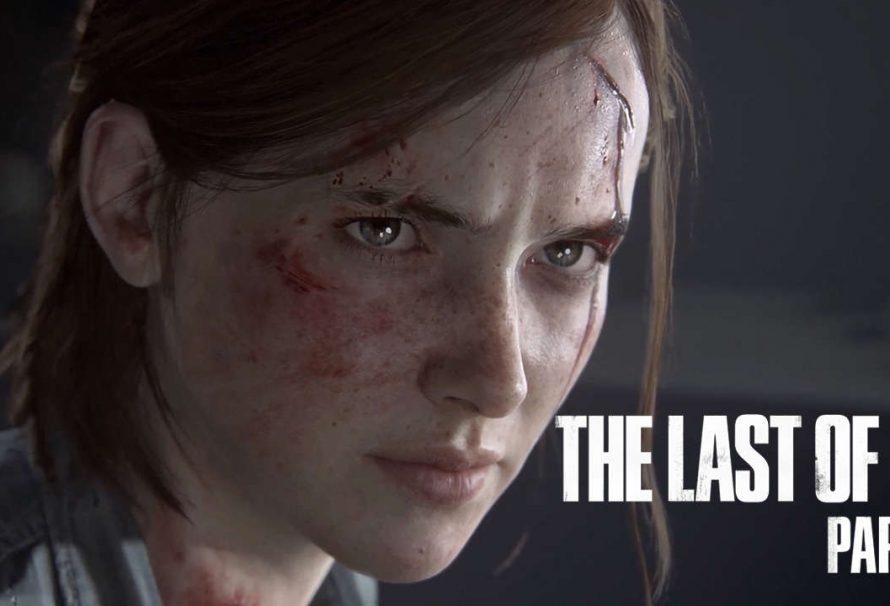

Now, “The Last of Us” is a hotly anticipated HBO series starring Pedro Pascal as Joel, the latest in a long line of prestigious bleak TV.īut the hype preceding the HBO series, which premieres Sunday, has less to do with the checkered past of video game adaptations or the pedigree of the show’s co-creator, “Chernobyl” architect Craig Mazin. The game went on to sell about 20 million copies for Sony’s PlayStation consoles and spawned both a limited-run comic and a hit sequel.

Camera angles were often closely cropped, framing enemies - and infected humans - not as obstacles but as tragedies.Īnd it worked. In a genre where action and story were often disconnected - serious cinematic scenes against cartoonish violence - “The Last of Us” wanted to keep it real.

Action was treated as something to be avoided Joel’s trigger hand would wobble, a reluctant shot in a world in which each close kill would come with suffering. While there’s no shortage of violence in the video game space, “The Last of Us” did it differently. Full credits haven’t even rolled before the child doesn’t make it - shot dead on government orders. Then comes a viral outburst that has all of Texas going mad trying to avoid flesh eaters, which sends him and his daughter on the run. Joel, a down-on-his-luck single dad, can’t catch a break. But the difficulty curve was more emotional than technical, for the game delivered the zombie genre at its most heady, grief-stricken and intimate. Sony’s landmark 2013 game “The Last of Us” didn’t make it easy on players.


 0 kommentar(er)
0 kommentar(er)
